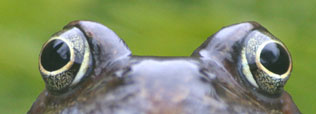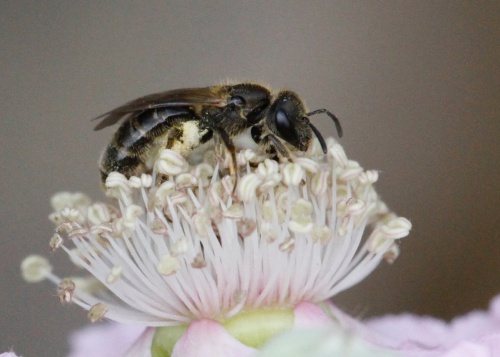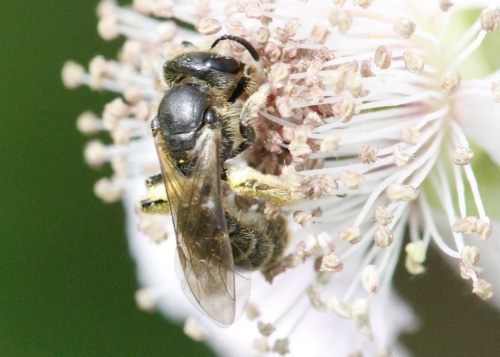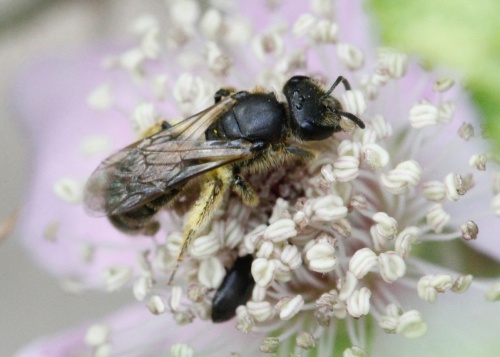Sharp-collared Furrow Bee - Lasioglossum malachurum
This is one of the larger Lasioglossum species in Britain, and the distinctive right-angled front corners of the pronotum are easily seen under the microscope.
Most solitary bees and wasps are difficult to identify, and can rarely be identified from photos taken in the field. All red-rated records should include a photo or set of photos of the specimen, illustrating the key characters taken from a standard key, which should also be referenced (e.g. ‘Falk, 2015’). The full set of key characters are generally not visible in field photos and photos are rarely sharp enough. To aid in the verification of your records, please include face shot, side, top and wings. The notes should state whether male or female, and explain how the specimen met the key characters. Although NS may not be able to identify the species even if these reference photos are provided, the photos will be stored with the record and may allow it be identified in future. Alternatively, NS will accept records identified by a recognised local or national expert, or that have been identified via BWARS’ Facebook https://www.facebook.com/profile.php?id=100065021433202 . If you have obtained this advice, please note the name of the person/organisation identifying the record in the ‘determiner’ field (e.g. ‘Stuart Roberts, BWARS Facebook’) rather than just a comment of ‘BWARS Facebook’.
Coastal cliffs and landslips, abandoned quarries, commons, chalk grassland and private gardens.
Females from early April (sometimes earlier) to October; males from early July to the beginning of October.
Commonly nests in aggregations, occasionally of considerable extent, especially in exposed soil at the base of coastal cliffs and similar unstable locations where vegetation is sparse. Nest burrows are often observed in the hard trodden soil of footpaths.
Mainly found in southern England and the Channel Islands. Formerly a scarce and very local species but, since about 1990, it has been extending its range in England and is common to locally abundant in many sites in the southern counties.
Status in Leicestershire and Rutland not known.
Leicestershire & Rutland Map
Enter a town or village to see local records
MAP KEY:
Yellow squares = NBN records (all known data)
Coloured circles = NatureSpot records: 2020+ | 2015-2019 | pre-2015
UK Map
Species profile
- Common names
- Sharp-collared Furrow Bee
- Species group:
- Bees, Wasps, Ants
- Kingdom:
- Animalia
- Order:
- Hymenoptera
- Family:
- Halictidae
- Records on NatureSpot:
- 2
- First record:
- 20/07/2019 (Berriman, Matthew)
- Last record:
- 21/07/2019 (Berriman, Matthew)
Total records by month
% of records within its species group
10km squares with records
The latest images and records displayed below include those awaiting verification checks so we cannot guarantee that every identification is correct. Once accepted, the record displays a green tick.
In the Latest Records section, click on the header to sort A-Z, and again to sort Z-A. Use the header boxes to filter the list.





